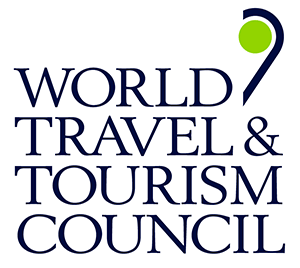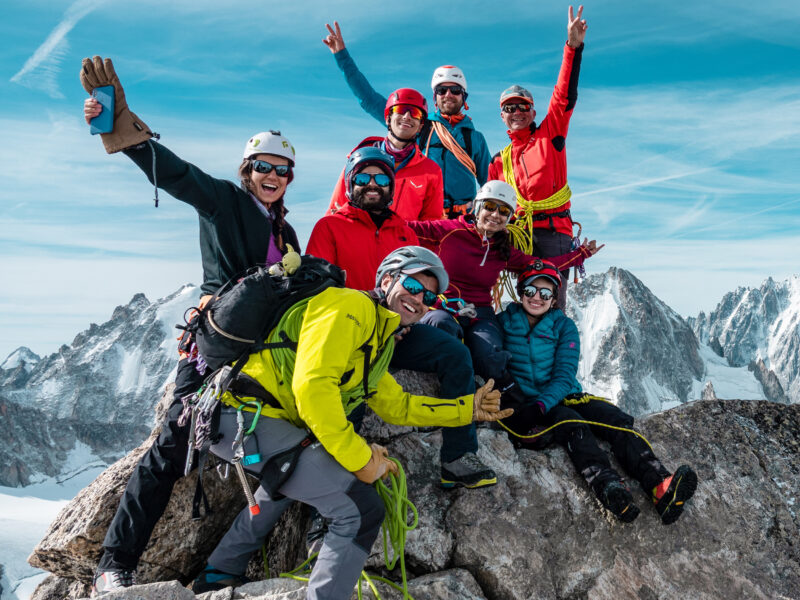BY Rami Rasamny | October 10 2023
10 Kilimanjaro Myths Debunked

Mount Kilimanjaro, the iconic African peak, has long captured the imagination of adventurers worldwide. With its stunning beauty and towering presence, it’s no wonder that myths and misconceptions about this majestic mountain abound. If you’ve ever considered conquering Kilimanjaro, it’s essential to separate fact from fiction. In this article, we will debunk ten common Kilimanjaro myths to help you better understand what it takes to summit this remarkable peak.
Myth 1: You need to be extremely fit.
Reality: While physical fitness is undoubtedly an advantage for any outdoor pursuit, you don’t need to be an Olympic athlete to climb Kilimanjaro by any stretch of the imagination. The main challenge is breaking through the mental barriers that multiple days at high altitudes entail. The key is gradual acclimatization, a slow pace, regular meals, and lots of water, allowing your body to adapt to the altitude.
Myth 2: Altitude sickness is the number one concern.
Reality: While altitude sickness is a real concern on Kilimanjaro, it is not the primary worry for every climber. In fact, following a proper acclimatization schedule, which involves slow and steady ascent, eating well, drinking lots of water, and getting as much rest as possible can greatly reduce the risk of altitude-related issues. Local guides, team leaders, and porters are trained to monitor climbers’ health and can provide assistance if necessary.

Myth 3: You need climbing skills.
Reality: Kilimanjaro is not a technical climb that requires advanced mountaineering skills. It is a trekking peak, and routes are well-marked and do not involve technical rock or ice climbing. However, basic hiking and endurance skills are essential, as you’ll be walking for several days and dealing with varying terrain.
Myth 4: Everyone should take Diamox.
Reality: Diamox is a medication that can help prevent more serious symptoms of high altitude. You can read our full article about the appropriate use of Diamox here. It’s important to consult with a medical professional before taking any medication and to discuss whether Diamox is suitable for you.
Myth 5: All the routes to the summit are the same.
Reality: Kilimanjaro offers several routes, each with its own unique characteristics and challenges. Routes like the Marangu and Rongai explore the northern and eastern slopes of the mountain, while the Machame and Lemosho routes explore areas along the western and southern slopes. Each route offers its own unique views, vibes, and challenges.
Myth 6: It’s an easy mountain.
Reality: Kilimanjaro is often referred to as a “walk-up” mountain, but it is by no means easy. The altitude, changing weather conditions, and long trekking days make it a physically and mentally demanding endeavor. Climbers should be prepared for a challenging and rewarding journey.

Myth 7: It’s dangerous.
Reality: While there are inherent risks associated with high-altitude trekking, Kilimanjaro is generally considered safe when approached with proper preparation and guided by experienced outfitters. The mountain is well-regulated, and guides and porters are trained to prioritize climbers’ safety.
Myth 8: It’s in Kenya.
Reality: Kilimanjaro is often mistaken for being in Kenya, but it is actually located in Tanzania. The mountain’s peak, Uhuru Peak, is on the Tanzanian side of the border.
Myth 9: Food is Terrible on Kilimanjaro.
Reality: Yes, there are outfitters that don’t put a high emphasis on the quality of food provided on the mountain. But that certainly isn’t the case for all and certainly not the case for Life Happens Outdoors. Meals are essential to proper acclimatization. Good quality food greatly increases our chances of not only summiting Kilimanjaro but enjoying the overall experience. That’s why more and more outfitters are investing in enhancing food quality.
Myth 10: I should train for it by trekking with weights in my backpack.
Reality: While physical conditioning is important, training by carrying heavy weights in your backpack is not the most effective way to prepare for Kilimanjaro. Focus on building endurance through cardio workouts, strength training, and hiking or trekking. Proper fitness preparation should be balanced and tailored to your individual needs.

Kilimanjaro is a challenging yet achievable goal for those with the right mindset and preparation. By dispelling these common myths and approaching the climb with realistic expectations, you can increase your chances of a successful summit bid and have a truly memorable adventure on Africa’s rooftop.














